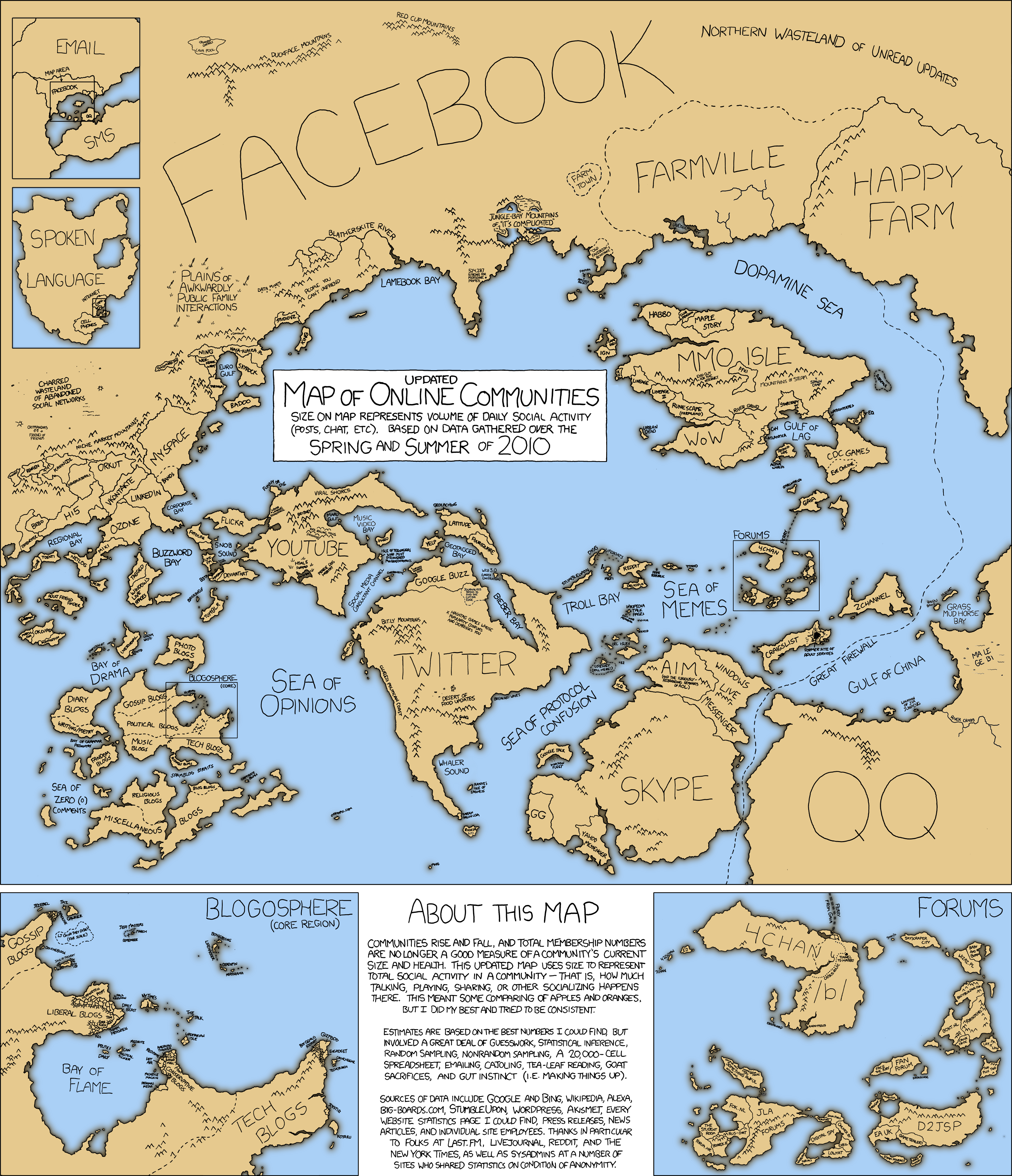Have you ever been somewhere, like an airport or public spot, and turned on your wifi only to discover a computer-to-computer network called “Free Public Wifi”?
It almost never gives you internet. Because it’s a phantom network (basically) created by a quirk of Windows XP.
“When a computer running an older version of XP can’t find any of its “favorite” wireless networks, it will automatically create an ad hoc network with the same name as the last one it connected to -– in this case, “Free Public WiFi.” Other computers within range of that new ad hoc network can see it, luring other users to connect. And who can resist the word “free?””
Windows, when it looks for networks, goes through the following steps:
1. It looks for preferred networks to connect to from the networks available.
2. If that fails, Wireless Auto Configuration attempts to connect to the preferred networks that do not appear in the list of available networks.
3. Failing that, if there is an ad hoc network in the list of preferred networks that is available, Wireless Auto Configuration tries to connect to it.
4. If that fails, and there is an ad-hoc network in the list of preferred networks that is not available, Wireless Auto Configuration configures the wireless network adapter to act as the first node in the ad hoc network.
So here’s what happened:
“At one time or another somewhere out there someone connected to a real ad-hoc WiFi network that had the SSID “Free Public WiFi”. They added this network to their preferred network list. They then traveled to a location where this WiFi SSID didn’t exist (airport, airplane, and/or hotel). They powered on their laptop with the wireless card on and Wireless Auto Configuration took over and starting searching for WiFi networks. After trying steps 1 through 3 above, Windows gave up and configured WiFi card to ad hoc mode with the SSID “Free Public WiFi” (since it was a preferred network).”
And a meme/harmless virus was born:
“A second person in close proximity to the user above also has a wireless enabled laptop and is looking to connect to a WiFi network. They scan to see what is available and notice an SSID called “Free Public WiFi”….they connect to it not knowing that it is an ad hoc network. After a few seconds of wondering why they can’t surf the web they disconnect from the SSID, shrug their shoulders and move on with life. Now they have the viral SSID in their preferred list too. The next time they power on their laptop it starts to look for the “Free Public WiFi” SSID. This process is repeated in many locations across the US and world again and again. Soon this SSID is in preferred wireless networks lists everywhere spreads like a virus.”

